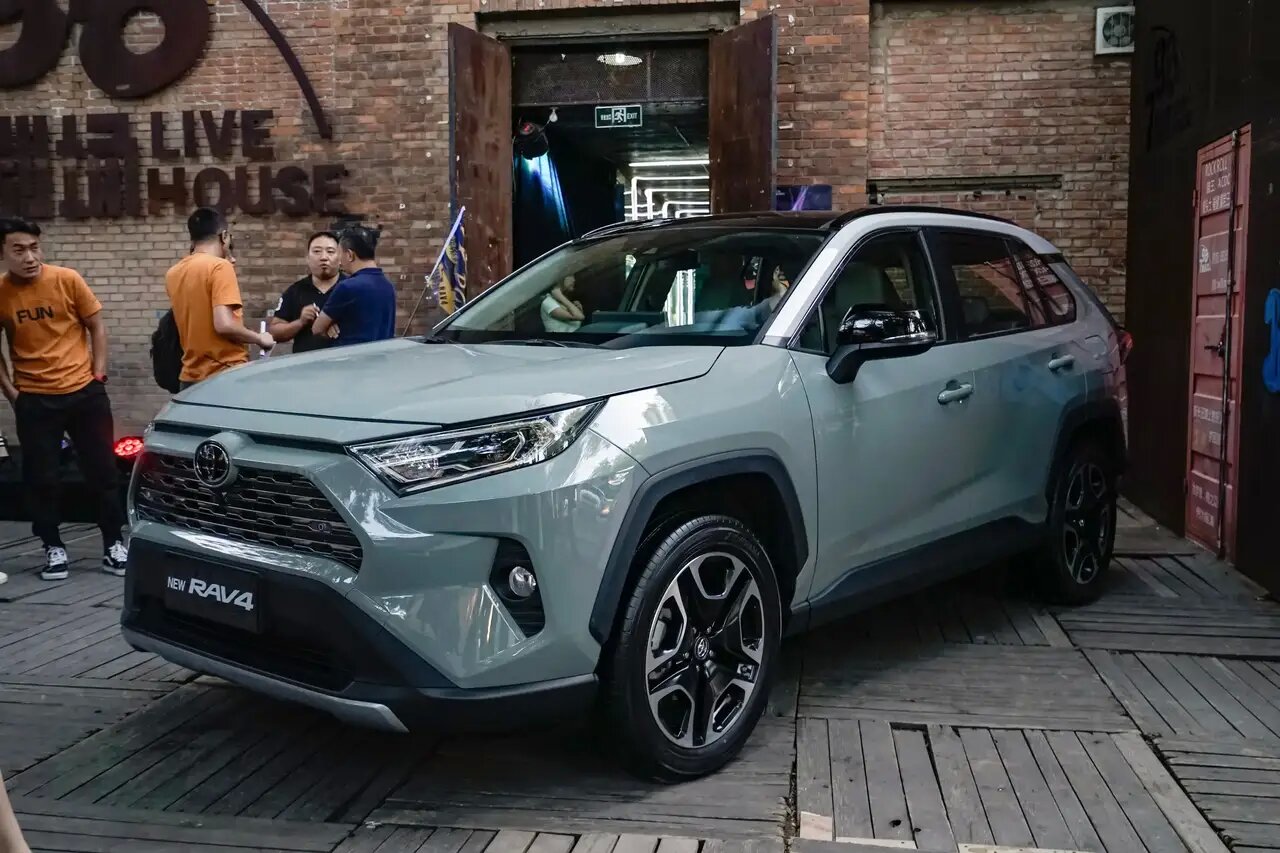
Recently, Toyota's global sales performance for October and cumulative sales data from January to October have undoubtedly become the focus of attention and analysis within and outside the automotive industry. Behind these seemingly simple numbers, there are actually many joys and sorrows worth exploring in depth.
1、 Seemingly within reach, the 'joy' of millions of sales
In October, Toyota sold a total of 974245 vehicles worldwide, almost surpassing the million mark. Judging solely from this month's data, there are indeed things worth celebrating. Firstly, this sales figure of nearly one million proves that Toyota still maintains a strong market appeal globally. Its brand influence spans across different countries, cultural backgrounds, and consumer levels. Whether in important automotive consumer markets such as Asia, Europe, or the Americas, Toyota's models can attract a considerable number of fans. For example, in the Asian market, Toyota Corolla, Camry and other models have become the first choice for many families to buy cars due to their economic practicality and reliable quality; In the European and American markets, Toyota's hybrid models, such as the Prius, have also won the favor of many consumers who value environmental protection and energy conservation with advanced environmental technology and excellent fuel economy.
2、 The worry of declining cumulative sales
However, when we turn our attention to the cumulative sales data from January to October, Toyota has sold a total of 8873590 vehicles worldwide, a decrease of 3.9% compared to the same period. This data has sounded an alarm for Toyota and also revealed many hidden concerns.
On the one hand, the increasingly fierce competition in the global automotive market is an important external factor leading to Toyota's declining sales. Nowadays, traditional car brands such as Volkswagen and General Motors are constantly innovating, relying on their technological advantages and unique marketing strategies to compete fiercely with Toyota in the global market. At the same time, emerging electric vehicle brands such as Tesla and numerous new energy vehicle companies from China have also emerged as a rising force. Taking Tesla as an example, it has attracted numerous consumers worldwide who pursue high-tech experiences with its leading autonomous driving technology and strong sense of technology.
On the other hand, from its own perspective, Toyota seems to be taking a slightly slower pace in the transition to new energy. Although Toyota has been involved in the hybrid field for a long time and has a deep accumulation in hybrid technology, as mentioned earlier, the Prius has a landmark position in the development of hybrid vehicles. However, Toyota's layout and investment in pure electric vehicles, which are currently the hottest direction in the global automotive industry, are not fast and deep enough compared to some competitors. At present, many countries and regions around the world are implementing policies to encourage the development of pure electric vehicles, and consumers' acceptance of pure electric vehicles is also increasing. If Toyota cannot accelerate the research and development, production, and market promotion of pure electric vehicles, it will be in an increasingly passive position in future market competition, which is also the key internal factor leading to its cumulative sales decline.
3、 Countermeasures and Future Prospects
Faced with the joys and sorrows behind the current sales performance, Toyota needs to adopt a series of effective measures to maintain its leading position in the global automotive market.
Toyota must increase its investment in the field of pure electric vehicles in product development. To accelerate the research and development of battery technology, improve the energy density of batteries, shorten charging time, and extend range; At the same time, attention should be paid to the intelligent configuration of pure electric vehicles, creating more intelligent driving assistance systems, vehicle to machine interconnection systems, etc., to enhance the technological competitiveness of products. Moreover, it is necessary to further optimize product design by integrating Toyota's consistent advantages of reliable quality, comfort, and practicality with the characteristics of new energy vehicles, and launching more pure electric models that meet market demand.
In terms of market expansion, Toyota needs to further cultivate emerging markets. For example, in Southeast Asia, South America, Africa and other regions with huge potential for automobile consumption, we need to increase marketing efforts, improve sales and service networks, and promote suitable car models based on local road conditions, consumption habits and other factors, in order to tap into more market growth
In short, Toyota's sales data for October and January to October are like a mirror, reflecting its strengths and weaknesses in the current global automotive market. How to further amplify the advantages and make up for the shortcomings as soon as possible is an important issue that Toyota needs to ponder and put into practice both now and in the future. The entire automotive industry is also waiting for Toyota's future development measures and results.

Recently, according to Al Jazeera, Israel has recently carried out a new round of air strikes on the Gaza Strip, killing about 100 Palestinians, including women and children.
Recently, according to Al Jazeera, Israel has recently carr…
On November 3rd local time, the Foreign Minister of Peru, U…
Recently, TSMC, the leading wafer foundry, stated that it w…
Amazon recently filed a complaint with the Oregon regulator…
In October 2025, the US credit market witnessed a surge of …
When the London gold spot price fell from a high of $4038.9…